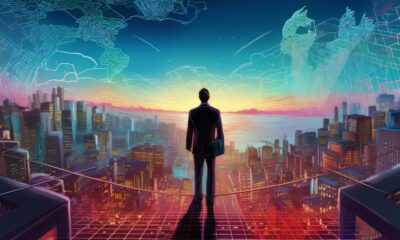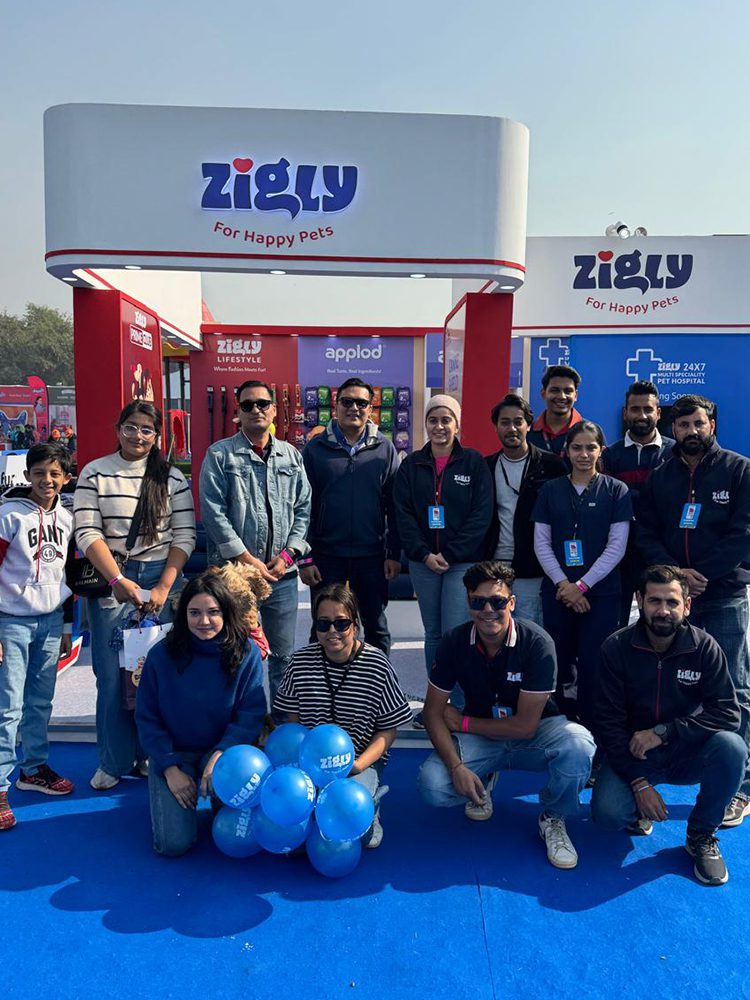Two non-Microsoft developers have created a blockchain layer in Minecraft
Hemant Singh – Mumbai Uncensored, 28th February 2022
synopsis;
‘NFT Worlds’ is based on Ethereum scaling layer 2 (Polygon) and is built using third-party Minecraft servers (those independent from Microsoft). Among the Web3 features in the new game will be a marketplace where gamers can buy items to enhance their in-game experience as well as its native token, $WRLD. The NFTs for sale are 10,000 pieces of land, and the purchase price for one NFT is already 14.5 ETH!!
Minecraft’s blockchain upgrade is perhaps one of the most exciting developments in the gaming industry. However, the upgrades were not made by the original developers. This particular project has huge potential to increase blockchain game adoption with 141 million Minecraft users reported by 2021🤯.
The sandbox-style video game Minecraft, released in 2011, is receiving a Web3 update thanks to several developers not affiliated with Microsoft.
NFT Worlds is a project built on a third-party Minecraft server with a Polygon-based overlay. Polygon is an Ethereum sidechain that offers lower gas fees (i.e. transaction fees) to users. The NFT Worlds blockchain layer on Minecraft will allow players to access Web3 features, such as an online store, where they can purchase items for their Minecraft experience using $WRLD tokens ERC20
Some of Minecraft’s software is open-source, which means anyone with the right technical knowledge can construct upon it, and Minecraft doesn’t have a solid economy like its competitor Roblox, which has a strong virtual market and its own (non-crypto) digital currency called Robux. NFT Worlds gives players a metaverse experience in an existing game, which is great news for Minecraft fans and NFT collectors alike.
A unique blockchain-based token that represents ownership of an asset, NFTs can come in a variety of forms. For NFT World, NFT is virtual land. The current lowest price, or the lowest price you can buy immediately without a bid, is 14.5 Ethereum, or about $38,150. There are 10k specific worlds of various shapes, from forested islands to snow-covered tundra & massive volcanoes. The number of Minecraft players has grown since Microsoft acquired Minecraft developer Mojang Studios in 2014 for a whopping $2.5 billion. The game had seen 131 million monthly active users in 2020 and more than141 a million monthly active users in 2021
NFT Worlds has also seen an increase in interest, with more than 26,000 player hours logged on the test server during three days this month. In addition, after remaining mostly unchanged for months, the average price of an NFT World increased by 10 Ethereum ($26,000) from January to February of this year.
While some may be opposed to paying more than $40,000 for virtual land, The Sandbox, a competitive Ethereum metaverse game, typically bids much higher. Someone paid $450,000 for a small virtual parcel of land next to rapper Snoop Dogg’s property in The Sandbox in December.
Compared to The Sandbox, whose economy is powered by the $SAND token, NFT World’s properties are orders of magnitude larger. ArkDev, a co-founder of NFT Worlds, said in a Twitter space Wednesday that there is “concern that the worlds are too humongous.”
Temptranquil, another co-founder of NFT Worlds, added that “a player can’t just walk” across the entire terrain in the game “without a traffic system or portal of some kind.”
For future developments, the NFT Worlds team wants to make the gaming experience as low as gas and “frictionless” as possible by working on EIP2771, an interface that enables “meta-trading” to be cheap, then on Ethereum. NFT Worlds will create a type of “global auction house”, which will be their online marketplace.
The co-founders chose to rely on Minecraft because they found Microsoft to be developer-friendly and less demanding than competitors like Roblox.
“Minecraft has a very large and thriving custom game development system,” said ArkDev. Microsoft seems to favour thinking more broadly about the metaverse, as Activision Blizzard’s $68.7 billion acquisition last month was in part intended to help it develop “building blocks for the metaverse,” according to one media. pine. press release at the time. But building a Web3 world on top of an existing centralized game owned by a billionaire corporation is not without risk. Both ArkDev and Temptranquil are well aware of the potential for “coercion” by Microsoft, which means that Microsoft can stop their projects at any time through legal action.
To prevent this, they maintain close contact with Microsoft representatives to ensure that they are not violating the Minecraft End User License Agreement (EULA) at any stage of development. The Minecraft EULA states that no one is allowed to “commercially use anything we’ve created” or “try to monetize anything we’ve created”, these rules may apply. used for NFT Worlds going forward.
“We work very closely with their IP enforcement team,” Tranquil said in the Twitter space. “They regularly monitor our Discord, review our conversations, and we have meetings with them.”
However, it remains a question, whether Microsoft will give a green signal to the project.
“They’re watching us from the sidelines—not like a formal green light—but I think in their eyes, we’re the best-case scenario for someone using their product,” Tranquil said.Decrypt’s request for comment to Minecraft’s global IP enforcement team has yet to be answered.



 Health2 days ago
Health2 days ago


 Special Editions2 days ago
Special Editions2 days ago


 Special Editions2 days ago
Special Editions2 days ago


 Special Editions3 months ago
Special Editions3 months ago


 Special Editions2 days ago
Special Editions2 days ago















